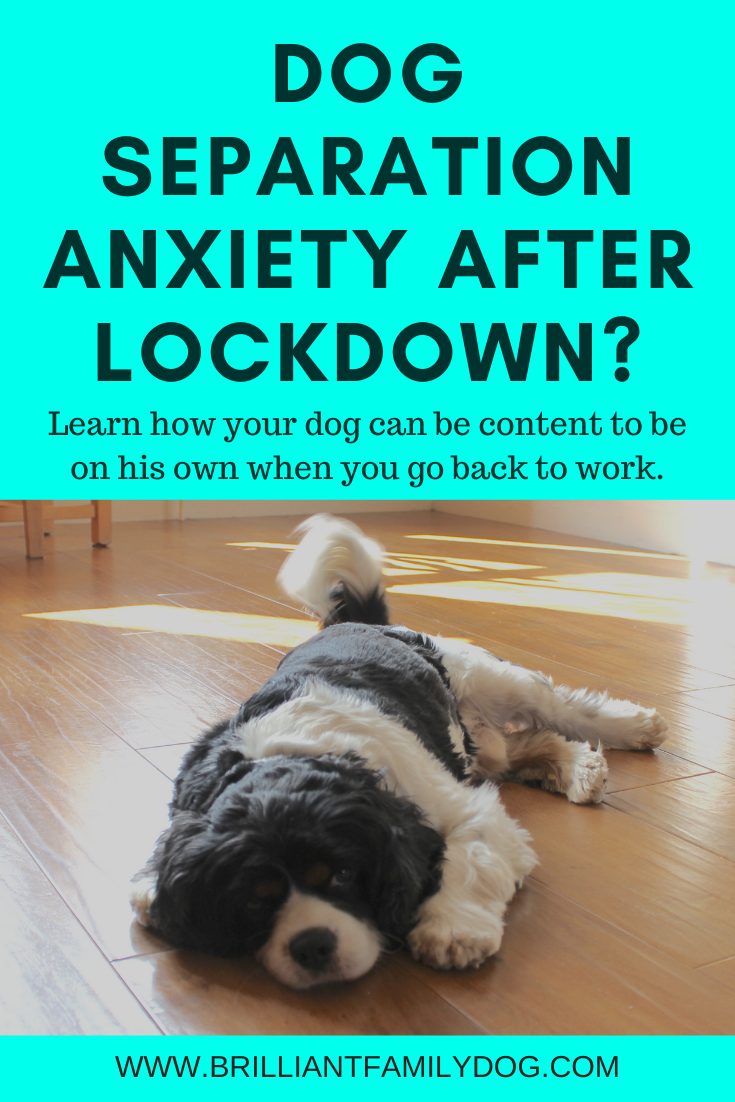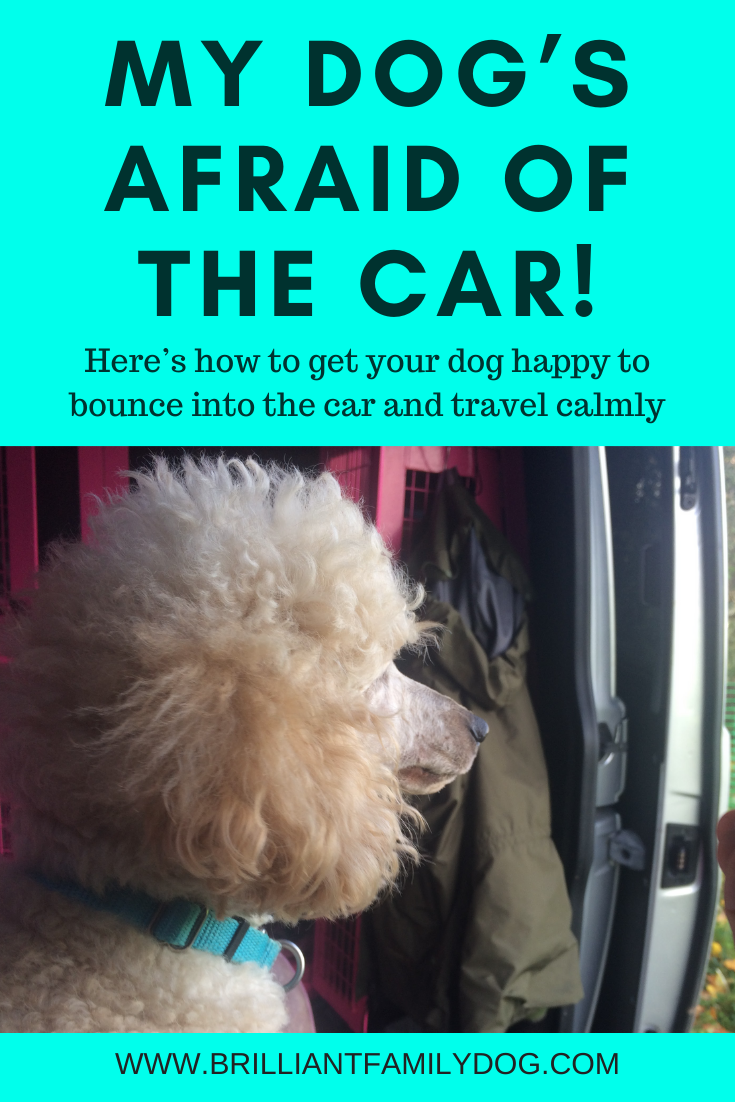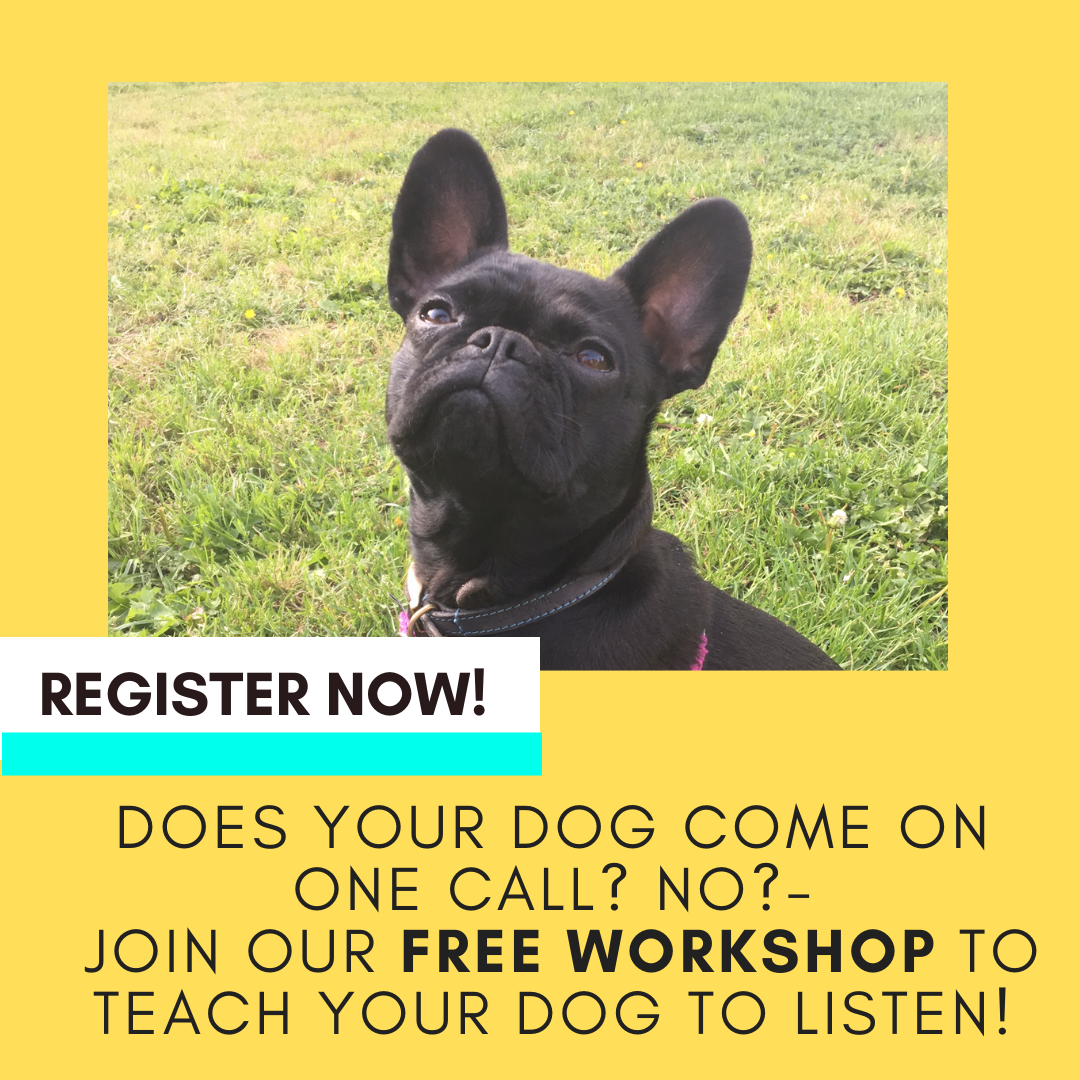I received this request recently from a long-time follower,
“How about some advice on separation anxiety? Coming out of lockdown is going to be hard for many of our dogs. They are so used to us being around all the time. I’m ready to work on the problem.”
Advice? We-e-e-e-ll. That depends whether you want advice for your dog or advice for you!
The dog part is easy!
First, read the post Puppy Socialisation in Lockdown which will give you a greater understanding of what’s going on.
Note especially this bit: “One thing that will need careful attention while you’re at home is teaching him how to cope with your absence without distress. This is hugely important for any puppy - especially now, if you’re isolated. So short absences - even to the next room - must be built in from the start, and gradually extended.”
These absences should be incorporated as a normal part of any dog’s life with you, lockdown or no. So be sure to add them in daily.
When you need to go to the shops you can leave your dog safely in her crate, maybe with soft music and a chewtoy to help her settle. If you have two dogs, be sure to walk them separately some of the time (you should do this anyway!) so one is getting your full attention and training on the walk, while the other is learning to manage absence back at home.
Return calmly. Certainly greet your dog of course, but avoid mega-long-lost-greetings that make a big thing of it all, instead of just another aspect of normal life. Ignore any hysteria coming from the crate!
The more you do this, the faster it will all go. You owe it to your dog to teach her how to manage being alone. Just as we teach our babies how to be alone. Fortunately dogs, like babies, spend much of their day asleep anyway, so it’s pretty easy to utilise this zzz time for a bit of absence practice.
Most of what people fear as Separation Anxiety is simply an absence of this gradual training. There is a big difference between a bit of discomfort at being alone, and clinical “Separation Anxiety” which may need the help of medication as well as a structured desensitisation program to work through. I recommend Patricia McConnell’s “I’ll be Home Soon” book.
But what about the owner part?
Have a look at these two statements from that reader:
“Coming out of lockdown is going to be hard for many of our dogs.”
“I’m ready to work on the problem.”
In both cases, this is perceived as a problem. What’s more, it’s a problem that doesn’t yet exist! This is popularly known as “meeting trouble halfway”.
Not only are you worrying about something that hasn’t happened and may never happen, but by focussing on it you are actually making it more likely!
Yes, that’s true. Worrying about something that may never happen is opening the door to it and saying “Come in, do!”
If you don’t believe in the power of manifestation, you can look at other parts of your life where your awareness is heightened for something relevant to you. If you’re thinking of buying a red car, you see red cars everywhere! If you’re pregnant, suddenly every second woman is pregnant!
So if you think your dog is going to be anxious when you go out, every little thing he does will confirm this for you.
What you focus on is what you get
So what is my advice to you?
Ensure you get your dog or puppy gradually used to your absence, and used to being alone, right from the get-go. Starting now is better than not starting at all! The resilience he learns will be valuable for every aspect of his life.
Stop worrying! Worrying helps no-one. If you perceive something as a problem and dwell on it, that problem will grow. If you realise that for every problem there is a solution, and you just have to find it, you’ll be able to instantly stop worrying while you search. Would you rather be pro-active or a helpless victim of circumstance?!
To change your dog you need to change yourself first!
Watch our free Workshop and find out how to transform your “deaf dog” into a LISTENING DOG!











